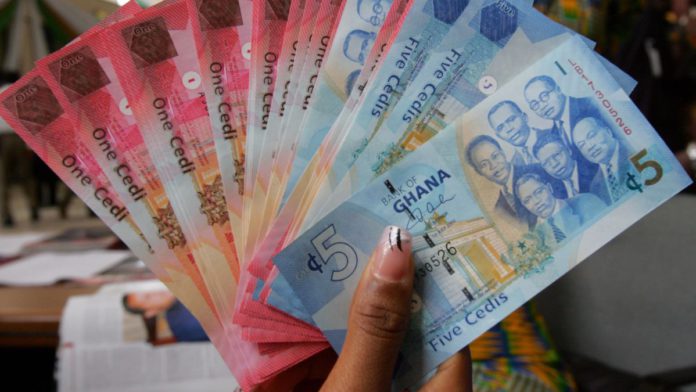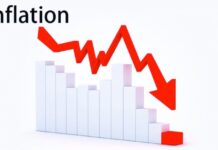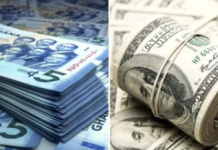
The cedi lost 19.2% in value to the US dollar in almost seven months of 2022.
According to the Summary of Economic and Financial Data by the Bank of Ghana, the local currency went for ¢7.43 to the American ‘greenback’ on the interbank market as of July 22, 2022.
It is, however, selling at about ¢8.30 pesewas to the US dollar on the retail market.
Some currency analysts have attributed the lack of dollar inflows, particularly Eurobonds as the main reason behind the volatility of the cedi.
Others also believe the huge interest payments on borrowed funds (external) by government is a major reason.
The Ghana cedi depreciated by 16.86% in value to the dollar in the first half of 2022 on the interbank market, but over 20% on the retail forex market.
However, the rate of depreciation of the cedi slowed down in the May 2022 and June 2022, after stern monetary actions from the Bank of Ghana coupled with some fiscal measures to halt the free fall in the first four months of 2022.
Indeed, the Bank of Ghana increased the policy rate by 2.5 percentage points to 17% in March 2022. Again, it enforced measures such as the increase in the Cash Reserve Ratio to 12%, the reset of the Capital Conservation Buffer to the pre-pandemic level of 3% and increased the Capital Adequacy Ratio to 13%.
This move encouraged investors to invest in cedi-denominated assets, whilst inflation and money supply are effectively controlled.
Again, investors were reassured that managers of the economy were keeping close eye on the causes of the value of the cedi.






